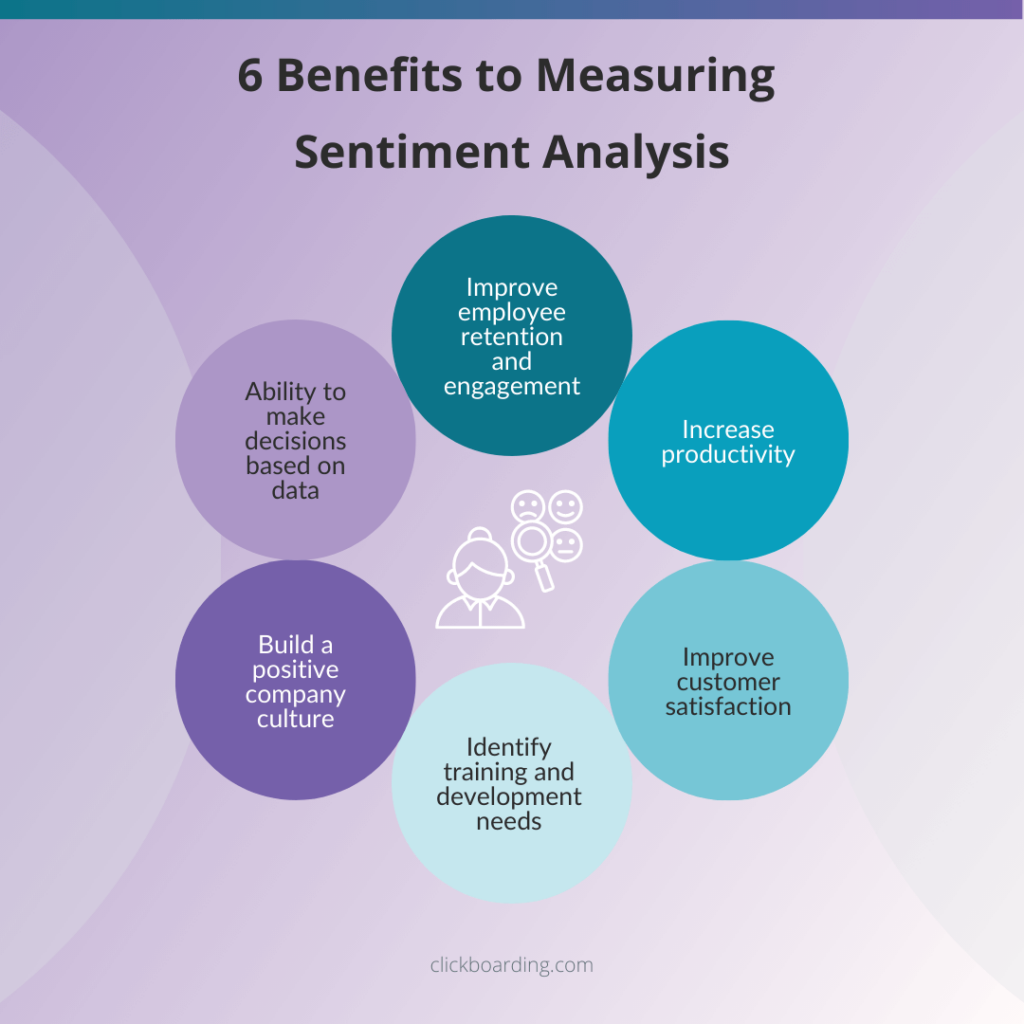In today’s competitive job market, employee retention has become a top priority for organizations. Companies everywhere invest a significant amount of time and resources in developing strategies to attract and retain the best talent. More recently, employee sentiment surveys have become a strategy that has gained momentum. With national employee turnover and attrition rates on the continual rise, strategic, data-driven strategies have never been more important.
Retention through Analysis
Measuring employee sentiment consistently can provide valuable insights into the overall satisfaction and engagement of your workforce. By regularly surveying employees, HR administrators can identify areas of concern, track progress over time, and make data-driven decisions to improve the employee experience.
Employee sentiment surveys gauge the overall satisfaction and engagement levels of employees within an organization. These surveys are usually conducted confidentially, allowing employees to provide honest feedback without fear of reprisal. The data collected from these surveys provide organizations with valuable insights into the concerns and issues that employees face. These can be used to create policies and programs to improve employee satisfaction.
6 Benefits of Sentiment Analysis in Employee Surveys
Employee sentiment surveys can positively impact companies in several ways.
- Improve employee retention and engagement: High levels of employee engagement and satisfaction are strongly correlated with low turnover rates. By regularly assessing sentiment, administrators can identify and address issues. This includes dissatisfaction and issues that drive employees to leave the company. Employee touchpoints help call out specific indicators. For employees that are unhappy with their workload or lack opportunities for growth and development, administrators can address these issues, such as providing additional resources or training. By making a concerted effort to improve the employee experience, administrators can help to reduce turnover and increase retention. When employees feel heard, valued, and engaged, they are more likely to stay with the company. By addressing the issues identified through sentiment analysis, employers can reduce turnover and save money on recruitment and training costs.
- Increase productivity: Engaged employees are indeed more productive. But how do you make sure your employees stay engaged? Sentiment analysis can help employers to identify ways to increase engagement levels. This can lead to higher productivity levels and a more successful business.
- Improve customer satisfaction: Happy employees are more likely to provide excellent customer service. This can lead to higher levels of customer satisfaction and increased revenue for the company.
- Identify training and development needs: Sentiment analysis can identify areas where employees feel they need additional training or support. Through cadenced surveys, companies can identify areas of concern promptly. With these insights, training, and development plans can be implemented internally.
- Build a positive company culture: By addressing the concerns of employees, employers can create a positive work culture that fosters loyalty and engagement. In turn, this loyalty can help create a positive workplace culture that attracts and retains top talent as well as fuel employee referrals.
- Make data-driven decisions: Sentiment analysis provides employers with valuable data that can be used to make informed decisions about policies, procedures, and employee engagement initiatives. This can help to create a more efficient and effective organization.
Data Matters in Employee Retention
With a lack of data on employee sentiment among employers, many companies do not clearly understand the level of engagement and satisfaction among their workforce. This can lead to high turnover rates and low productivity. By collecting and analyzing data on employee sentiment, employers are provided valuable insights that will help them to improve the employee experience, increase engagement, and ultimately drive business success.
Not collecting data within HR can have serious consequences for employers. By failing to track and analyze employee sentiment, employers risk missing opportunities. These include opportunities to improve engagement and retention, legal compliance risks, and decreased productivity. To avoid these pitfalls, employers need to implement a data-driven approach to HR that includes employee sentiment analysis. Lack of data can lead to poor decision-making, an inability to identify and address issues, and difficulty in tracking progress over time. This can have significant consequences for employee engagement, retention, and overall business success.
In conclusion, measuring employee sentiment consistently is a valuable tool for organizations looking to improve retention and overall employee satisfaction. By regularly touching base with employees and addressing areas of concern, managers can create a more positive work environment, leading to happier, more engaged, and more productive employees. As such, employee sentiment surveys should be a key component of any organization’s retention strategy.
Written by:Jannette Kresser
Need help to grow and retain your employees through automation? Learn More about Click Retain!




